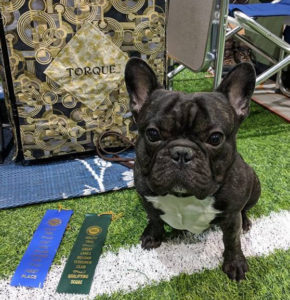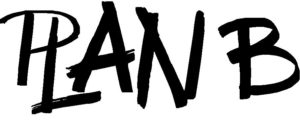
Some days your training sessions will go great. You and your dog are in synch, you’re both happy, everything’s “clicking” just the way you dreamed it would. And then there are other 2-Minute sessions that are unmitigated disasters. It’s like you and your dog are not only on different pages, you’re reading from different books, written in different languages. But there’s no need for a happy ending to every session.
Enjoy the great ones.
Call it a day on the bad ones – there’s always tomorrow.
But the vast majority of your training sessions will fall somewhere in between. Some stuff goes really well, some almost gets there, other stuff is just not working.
It’s all okay.
The advantage of training in short sessions is that there’s always another coming up. No single 2-Minute Training session is going to “make or break” your relationship with your dog or your progress toward your goals. There’s always later, or tomorrow.
Which means that it’s okay to end a session without success. It’s a myth that you always have to end on a positive. No, you don’t.
Sometimes it even helps to just stop when things aren’t going well and leave it for another time. It stops your frustration, it lets your dog process the information she’s gotten from you.
It’s all information
Every interaction with your dog gives both of you information.
The most common exchange is “I love you,” which flows back and forth between you.
In a session that isn’t going well, there are lots of things your dog could be telling you:
- I don’t understand
- I don’t feel well
- I’m distracted by “xxx”
- I’m not comfortable
- I’m just not that into training today
Equally, your tone and body language could be telling your dog:
- I’m just not that into training today
- You kept me up all night and I’m tired
- I’m really under stress and you’re another obligation
- I don’t feel well
- Why can’t you just do what I tell you?
Is it worth it?
There are days when dog training is frustrating, for whatever reason. If you start a session and come to realize that no one’s having a good time, and you’re not accomplishing anything, just end it. There’s no point in continuing.
You don’t always have to “end on a positive.” This session wasn’t positive. That’s okay. If you give yourself permission to stop when it’s not fun, then all of your dog training can be fun. Some things in life should always be fun – dog training is one of them!

